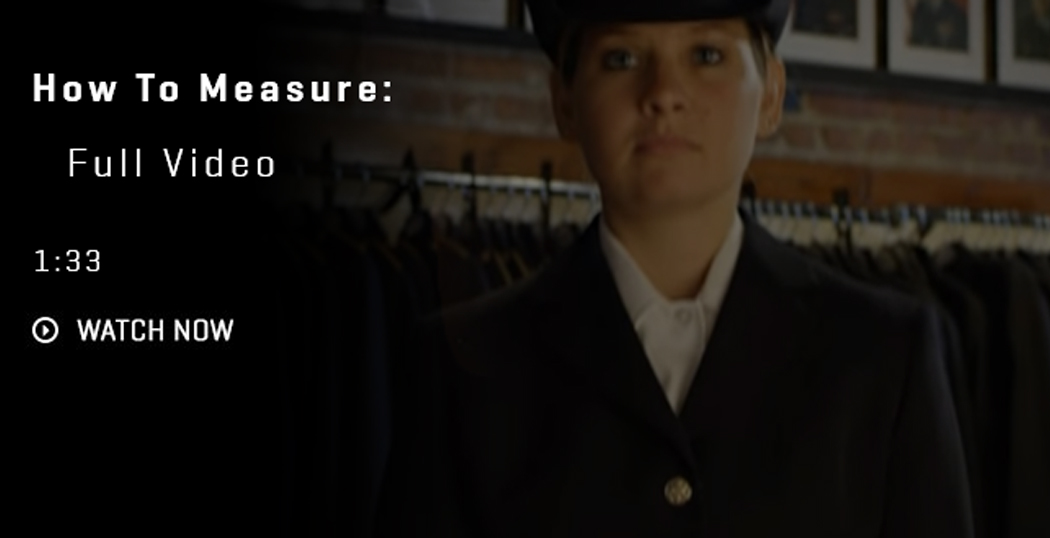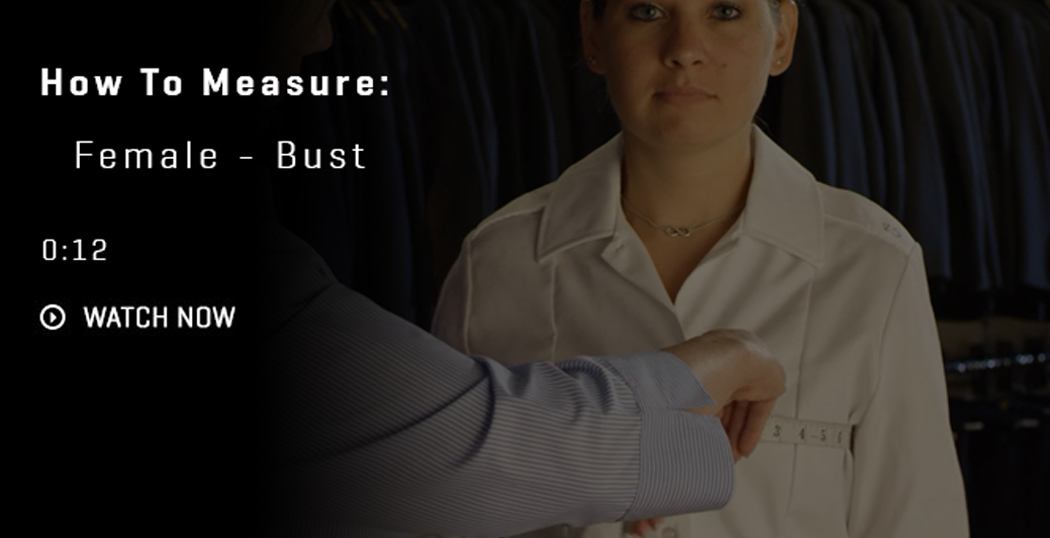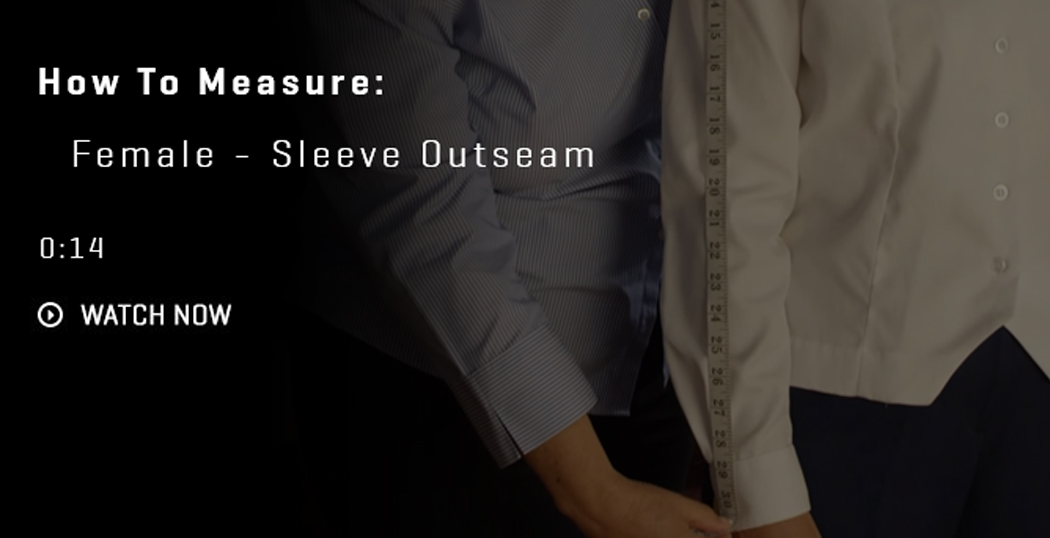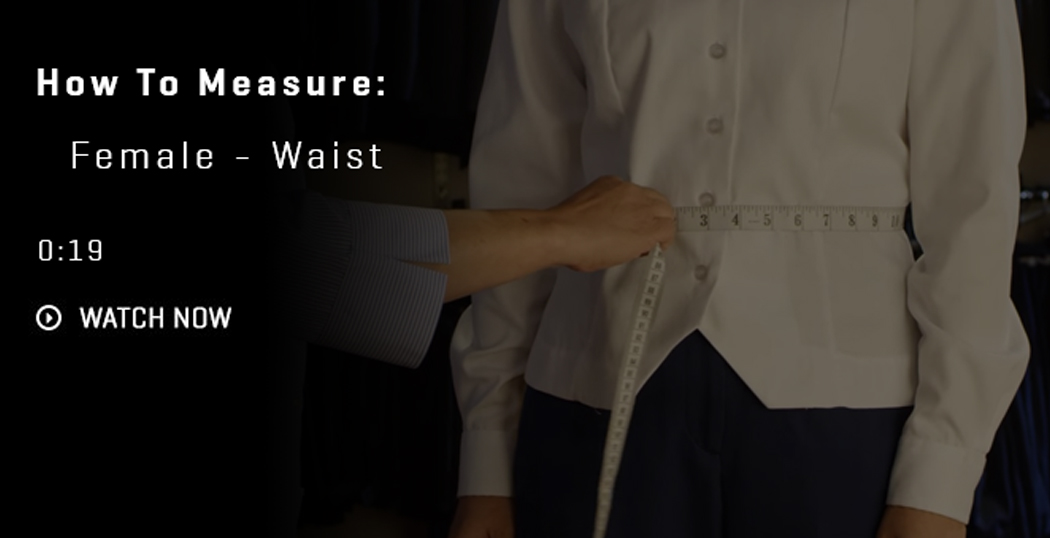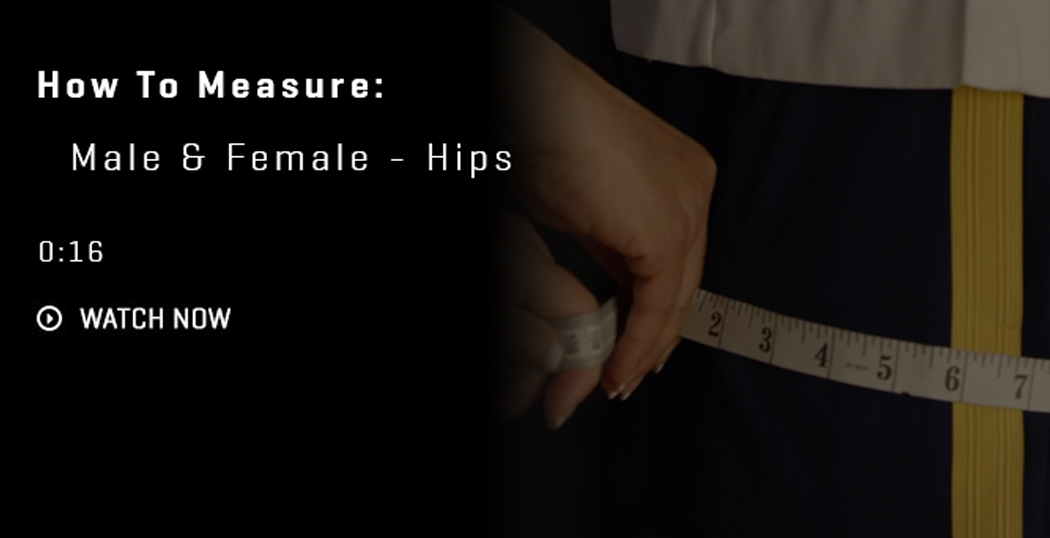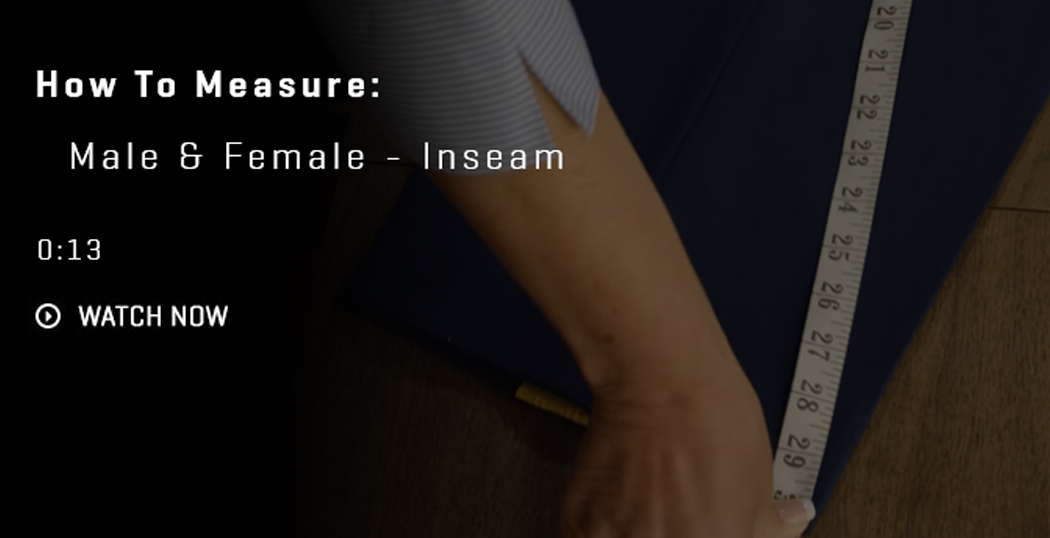Marlow White's swords and sabers have ceremonial blades. As such, they are built to strict military regulations to be used in drills, ceremonies, and displays. These blades are of the highest quality but are not sharpened for use as a weapon.
How to Measure for the AGSU
Your uniform sizes may be different than your "normal" civilian clothes sizes. In order to get a proper uniform fit, you must often take new measurements and will sometimes need to increase your "normal" size by one. For example, it is very common for a Soldier to need trousers one size larger than the measured waist. This allows enough room in the seat, thighs and hips for the trousers to drape as they should. Your active PT regimen often times broadens your shoulders, back and chest to the point that you need a size or two larger coat than you are used to. Please allow us to help you determine the correct size for your uniform by carefully following the directions below or taking a look at our How To Measure Videos.
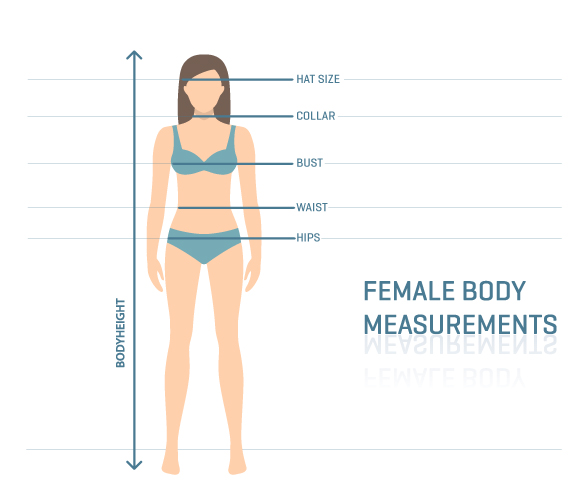
*Snug means that the tape is tight, yet loose enough to slide your hand under the tape.
Female Sizing Table
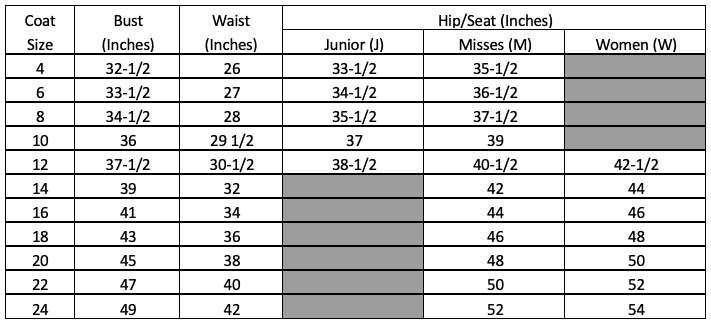
- Caps
-
How can my AGSU Service Cap and beret sizes be different?
The service caps have a constant and relatively more-rigid shape than a beret, in addition, the beret will stretch a little over time.
Cap Size
Your AGSU Service Cap size may be different than your beret size! We have many Soldiers who order the wrong Cap size.
Service caps have a constant and more rigid shape than a beret, in addition, the beret will stretch a little over time. To properly measure your head, you will need someone to assist you and either a tape measure or a piece of string.
- Chest/Bust
-
While standing erect, but relaxed, measure around the largest part of the chest or bust with the tape passing under the arms, remaining parallel to the floor, and snug *.
If your bust, waist, and hip measurements correspond to different sizes of coats, we suggest choosing the largest size and altering to take in the garment at the other two locations. Stand up straight and relaxed. Measure around the largest part of the bust with the tape passing under the arms, pulled snug, and remaining parallel to the floor.
- Waist
-
While standing relaxed, measure around your waist where the trousers are worn; generally this is the smallest part of the waist. Pull the tape snug*.
- Hips
-
If your waist and hip measurements correspond to different sizes of slacks, we suggest choosing the larger size and altering to take in the garment at the other location.
- Videos
-
Your military uniform sizes may be different than your normal civilian clothes sizes. In order to get a proper uniform fit, you should take the following measurements to help with the sizing process. You will need a cloth or plastic tape measure and someone to help take your measurements. Throughout these videos, we use the word “snug.” “Snug” means that the tape measure is tight but loose enough to slide your hand under the tape. If you have any questions about the measurements, call us at 800.255.6136 or e-mail at [email protected]
Headgear
Your cap size may not be your beret or patrol
cap size
Service caps have a constant and more rigid shape than a beret, in addition, the beret will stretch a little over time. To properly measure your head, you will need someone to assist you and either a tape measure or a piece of string.
Bust
Stand up straight and relaxed. Measure around the largest part of the bust with the tape passing under the
arms, pulled snug, and remaining parallel to the floor.
Waist
Stand up straight and relaxed. Measure around your waist where the trousers are worn; generally this is the smallest part of the waist. Pull the tape snug. Remember, military uniform trousers are worn around your natural waist which may not necessarily be the same way your jeans fit.

Hips
Stand up straight with your feet together. Measure around the fullest part of your hips, keeping the tape snug and parallel to the floor.

Like and follow us on Facebook for Weekly Updates on the progress of the new AGSU!


